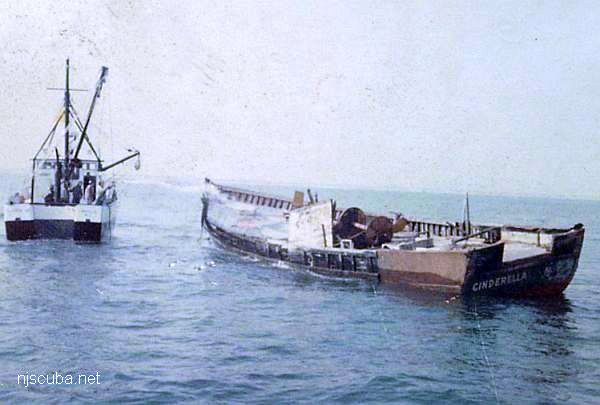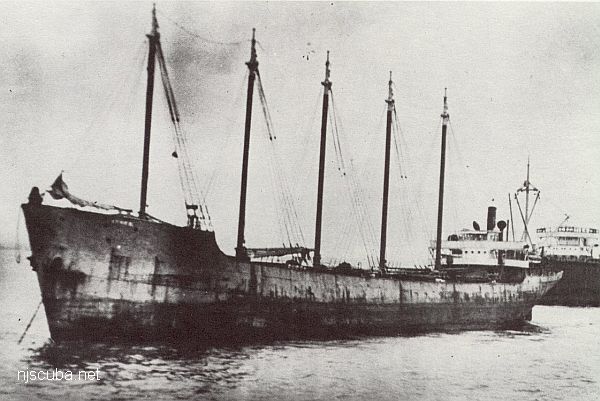Cinderella

- Type:
- artificial reef, trawler
- Built:
- 1964, DESCO Marine, St. Augustine FL ?
- Specs:
- ( 70 ft )
- Sunk:
- Tuesday March 15, 1983 - Sea Girt Artificial Reef
- Sponsor:
- Artificial Reef Committee
- GPS:
- 40°06.777' -73°56.860'
One of the earliest reefs, sunk before the state took over the artificial reef program. Not listed in state records; probably nothing left of it.


Questions or Inquiries?
Just want to say Hello? Sign the .